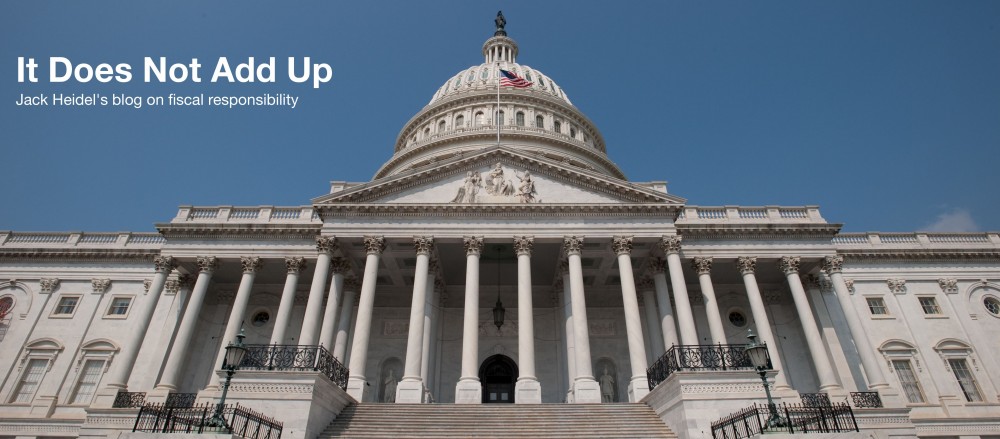This blog addresses America’s too biggest problems:
- Slow economic growth averaging just 2% since the end of the Great Recession in June 2009. Faster growth means more jobs and better paying jobs.
- Massive federal debt now 77% of GDP (for the $14 trillion public debt on which we pay interest) and predicted to continue getting worse without a change in policy. As interest rates go back up to normal historical levels the interest payments on this debt will increase greatly and be a huge drag on the federal budget.
As I have reported recently, college costs are growing much faster than healthcare costs which are growing faster than the cost of living in general. The excessive costs of education and healthcare are, in turn, holding back economic growth.

Regarding the student loan debt problem:
- For every increased dollar of student aid, college tuition increases 60 cents.
- Outstanding student loan debt has risen from $200 billion in 1996 to $1.3 trillion today.

- The highest default rates on student debt occur for community college students (23%) and for-profit college students (18%).
The economist Richard Vedder has made some excellent suggestions for addressing this whole problem:
- Simplify the entire federal student air system. There should be only two programs, one grant program (Pell grants) and one federal loan program (Plus loans, tuition tax credits, work study, etc.).
- Give educational vouchers directly to students to empower recipients to weigh costs more closely. These would be strictly limited to low-income students and would be accompanied by modest academic expectations.
- Require schools to have skin in the game. Schools with abnormally high loan delinquency rates should have to pay a tuition “tax” to the government to help cover costs.
Conclusion. “Financial aid has caused tuition to skyrocket. If we can’t abolish it, we can at least simplify it.”

In some ways, a sad commentary on the motives of higher education, especially graduate medical education.
Perhaps, but it is primarily a problem of poor government policy, The government loan program should be fundamentally revised to both better serve low-income students and force colleges to act in a more responsible manner.
Jack,
Yes, I like your general assessment of the problem in the high costs of education and the growing student debt. Now who will suffer for your suggested changes? If the school is to pay a cost for student debt, how can we determine whether it will be the teachers, the administrative personnel or building costs that will be most affected? And in turn where will the educational focus shift? For instance, should STEM [Science, Technology, Engineering, Mathematics] remain the dominant focus? Also are the multitude of research grants made available primarily for teaching students or enhancing business and government?
I, of course, do not expect you to have these answers quickly available. But I am trying to determine what are the overall assumptions about the kind and quality of education that we will be offering. There have been several articles of recent, indicating the for profit colleges have resulted in poor quality education and exacerbating the student debt. And finally, isn’t a big share of this student debt the result of the private lending services from banks,etc.?
Naturally, it is easier for me to ask questions than have answers. But I am looking for the basic premises that concern you about the debt and about the quality of education to be offered.
Doug
Vedder’s proposals put the emphasis on giving more support to low-income students (as opposed to middle-class students). If colleges have more skin in the game, they will act in a more responsible manner. We can’t tell them how to rearrange their spending priorities.
I understand that for-profit colleges in general offer lower quality programs. But the way to address this is for states to do a better job of funding community college programs which provide the high-demand technical skills in most demand by business and industry.
I am very much in favor of publicly funded educational institutions being market-oriented in terms of the programs they provide for students.
Loan amounts should be approved based on earning potential of the degree, and the university should have to back them, not the government. That would change the default and rising cost trend really quick.
The university definitely needs to have skin in the game.